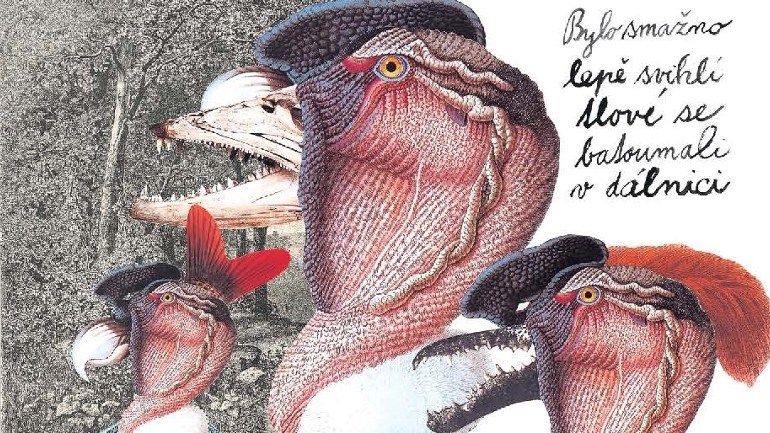Jabberwocky: how the untranslatable was translated

A Companion to Jabberwocky in Translation, published by Malmö University Press, in the new series, Children’s Literature, Culture and Media.
Jabberwocky is considered one of the greatest English-language nonsense poems of all time, and with its weird and wonderful language, it both invites and resists translation. It is these translations which are now the subject of a new book.
Jabberwocky was written by Lewis Carroll and tells of the killing of a creature named "the Jabberwock”. It first appeared in 1871 in the novel Through the Looking-Glass. In the book, Alice climbs through a mirror into the world where she finds everything is reversed, hence the poem’s apparent nonsensical nature.
... there is no meaning to the Jabberwocky – it is part of Carroll’s love of playing with language and logic.
Björn Sundmark
It is just over 150 years since the book’s first publication, and now a network of scholars from all over the world have started to look at how it has been translated. The companion volume offers the most comprehensive single-poem study in comparative literature.
Björn Sundmark, a professor of English literature, both co-edited and contributed to the book, A Companion to Jabberwocky in Translation. Some 45 academics, who were part of the network, wrote essays about the various translations, focussing on those in which there is an “in context translation”.
An “in context translation” needs to take into account Humpty Dumpty’s interpretation of the poem, in chapter six.
“The poem is described as untranslatable, yet it has been translated so many times, so it obviously isn’t! The interesting thing is that it is not really the nonsense words which are a problem as they can just be substituted for other nonsense words. The aim is that they should produce rhymes and connotations that are in the same vein as the original,” says Sundmark, adding:
“This is a poem about translation in itself, you could keep the poem the way it is in English, because for Alice, the poem really is in a foreign language. So why not use the English nonsensical language for any translation? But that’s part of the beauty, in that she herself tries to translate it.
“There is nothing important about the content of Jabberwocky, if you consider what Chekov said, if you have a gun presented in the first act, it will have to go off by the second act, otherwise what’s the point?
“If you have a significant, weird piece of writing presented to you early on in a book, you expect it to carry some meaning, but no, there is no meaning to the Jabberwocky – it is part of Carroll’s love of playing with language and logic” – except as a conversation piece.
In some languages, other strategies were used to communicate the nonsense, for example, in an early Chinese translation, calligraphic signs were created – instead of formulating new words, they formulated new letters.
Many of the translators take care to translate the nonsense words only in the first stanza because they are the ones which are later explained by Humpty Dumpty, but that can be to the detriment of the poem.
“In the Swedish one, for example, the boy ‘took his vorpal sword in hand‘, ‘vorpal’ is a nonsense word, but in the Swedish translation it is ‘stridssvärd’, which just means ‘battle sword’, there is no nonsense there. It doesn’t really matter, but it does change the nonsensical atmosphere,” Sundmark adds.

